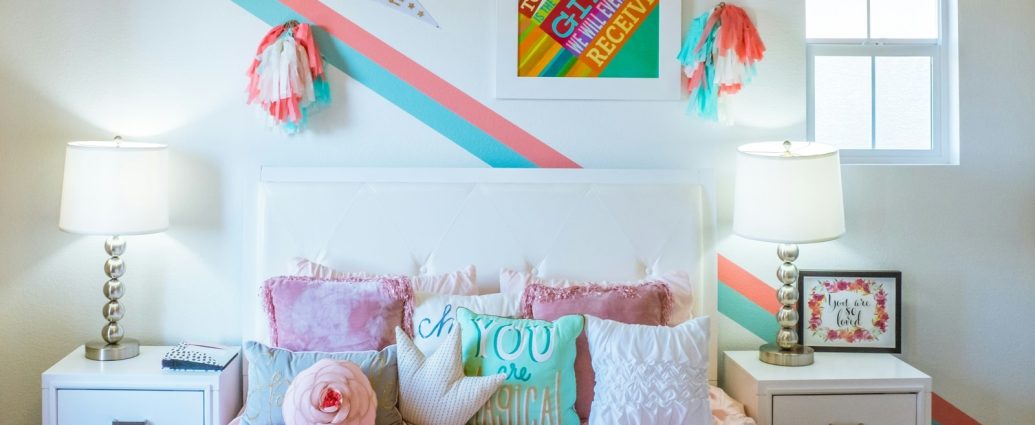Designing a child’s room is a labour of love, requiring attention to detail, creativity, and a deep understanding of your child’s preferences. While the rest of your home may be subtle textiles and neutral tones, the best nursery ideas call for whimsy, playful patterns and lots of colour. In addition to encouraging play and imagination, a child’s room should also serve as a haven where they can rest and feel comfortable. By staying attuned to evolving trends, embracing sustainability, and infusing unique touches, you can create a space where your child’s imagination can thrive. Let’s explore expert tips and trends to help you craft a space where your child’s imagination can flourish.
Apourva, Co-Founder of Life n Colors says, “Through our various encounters with children, we have learned that their imagination knows no bounds, and their ideas often shape the latest trends in decor. One primary trend we have witnessed in the past couple of years is that parents nowadays spend considerable effort on designing kids’ rooms. One main change compared to earlier times is the use of theme/story-based design efforts for kids’ rooms.” (Also read: Summer interior design trends 2024: 7 decor ideas that will make your home feel cool and fresh )
Tips for Designing Your Child’s Dream Room
She added, “Another change is that, unlike in earlier years, people now design kids’ rooms for 2-3 time frames. Earlier people used to design for 8-10 years, now they are willing to do complete makeovers depending on the kid’s age. The third trend is the use of unisex colours drifting away from the generic blue for boys and pink for girls colors. We see the use of pastels, and mixed colours irrespective of gender.” Based on the past year’s data here are some of the top kid’s room designs and themes as highlighted by Apourva.
– World Map wallpaper trends: Families appreciate wallpapers that educate and decorate simultaneously, especially with world maps, fostering a love for geography.
– Story-themed wallpapers: Designs featuring animals in various settings like habitats or attending school create engaging narratives for children.
– Space and Solar theme: Popular among boys, wallpapers depicting outer space and solar systems ignite imagination and curiosity.
– Pastel colours, floral, and tropical themes: Girl’s rooms are often adorned with soft pastel hues, floral patterns, and tropical motifs, including chinoiserie designs.
Aradhana Dalmia, Founder of The Artemist says, “Children’s rooms are getting more attention now than ever before. The obvious blues and pinks are being ditched and instead softer and more gender-neutral palettes are being incorporated. Designers are creating immersive experiences for creative thinking for children, using thematic wallpapers, murals, reading nooks, climbing walls, and wall art. Some themes we have seen being used a lot recently are animal kingdoms, tropical jungles, space, and travel. Oh and bunk beds are coming back.”
Bringing her expertise to the same, Ridhi Khosla Jalan, India’s Premier Interiors and Home Decor Influencer says, “While designing your kid’s room, one has to find a balance between style as well as practicality. Thus, investing in multifunctional furniture pieces such as stools with built-in storage space, or a dressing table that doubles as a study table optimizes space utilization while catering to the varied needs of children. It’s essential to recognize that their needs and preferences evolve as children grow, requiring corresponding adjustments in their living environment. Hence, the room must be tailored to align with their developmental stage.”
She added, “Parents should not overlook the aspect of ease when it comes to maintaining the room. Nothing can ruin a child’s routine more than constantly looking after their room. Therefore, easy organization is paramount. You would want to build and organize the room in a way that they find easy to maintain. Another noteworthy consideration is the colour palette. Kids own so many things like toys, books, sports gear, art supplies, etc. that come in a plethora of colours. As a result, kids are always stimulated. Their room should be a place of calmness that helps them to unwind. Hence, opting for a neutral colour palette contributes to establishing a sense of grounding amidst the inherent vibrancy of their life.”
